



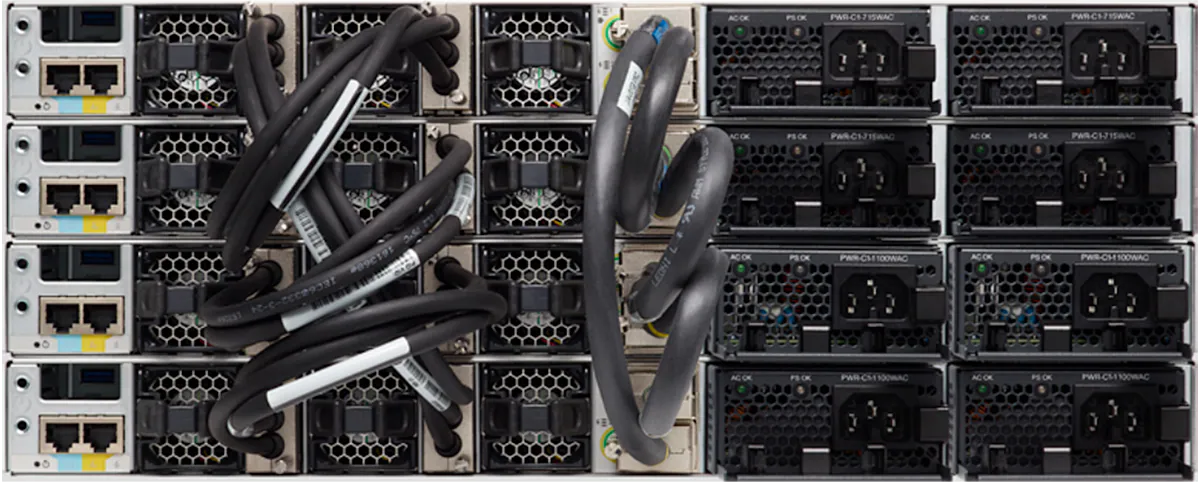
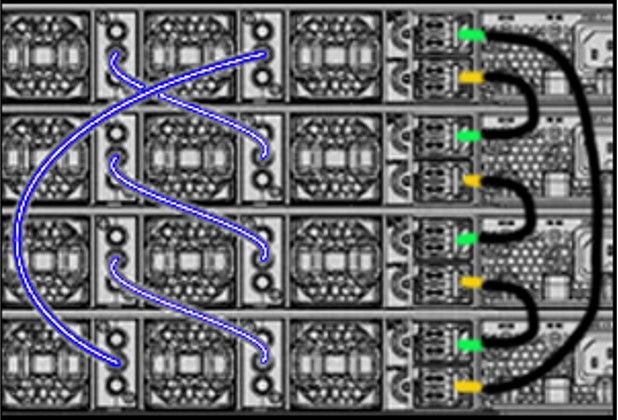

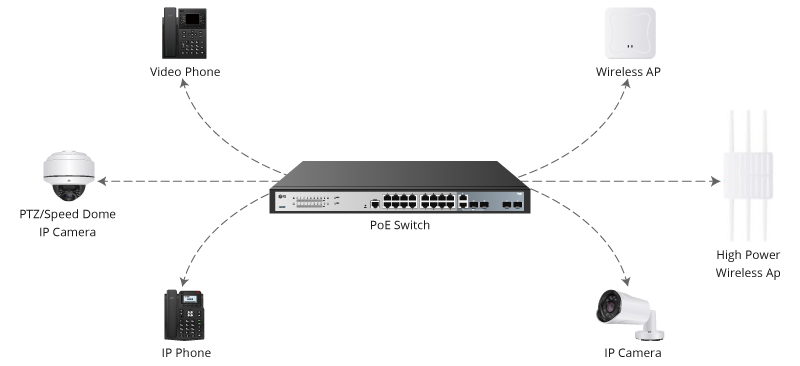

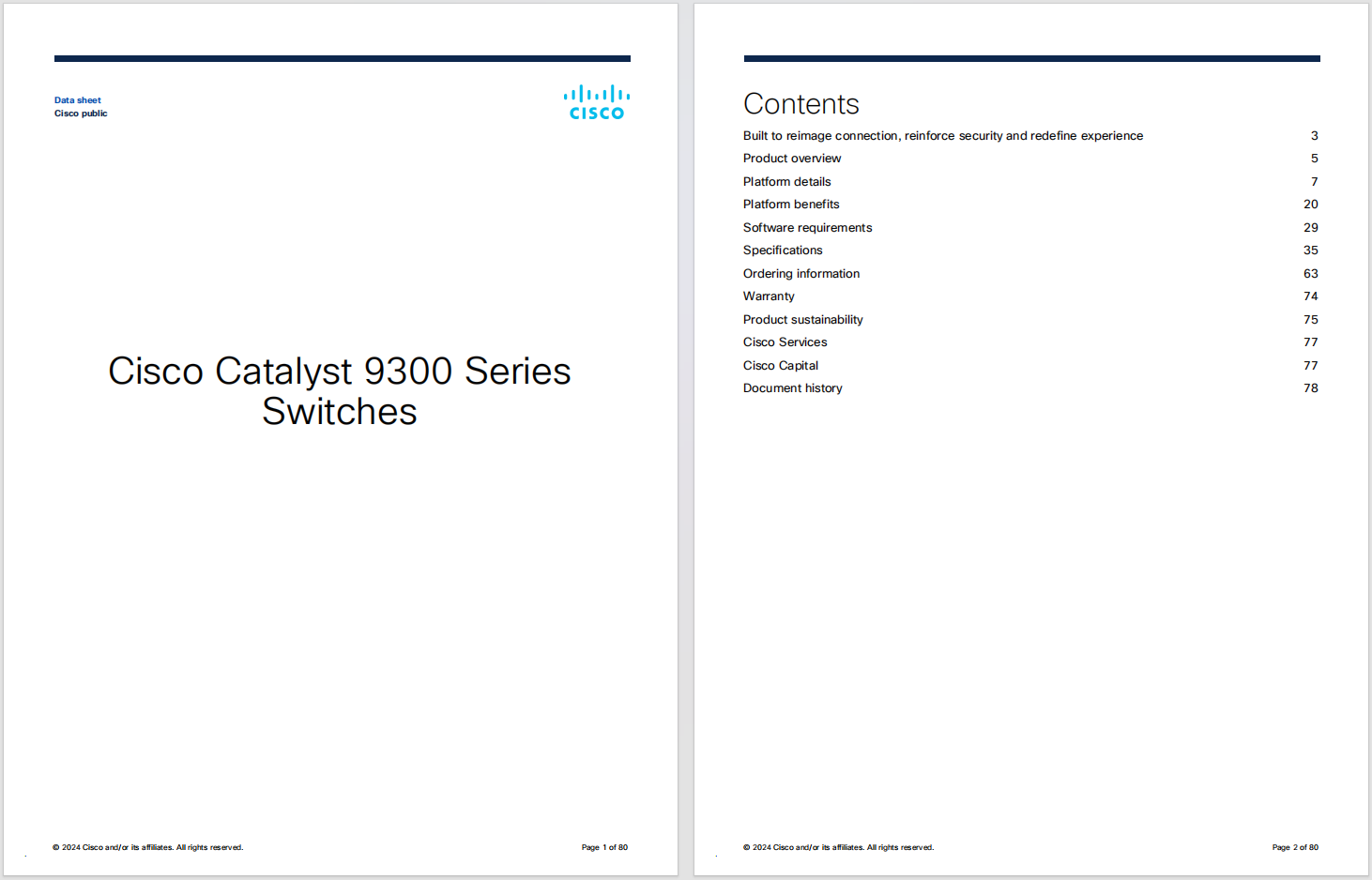



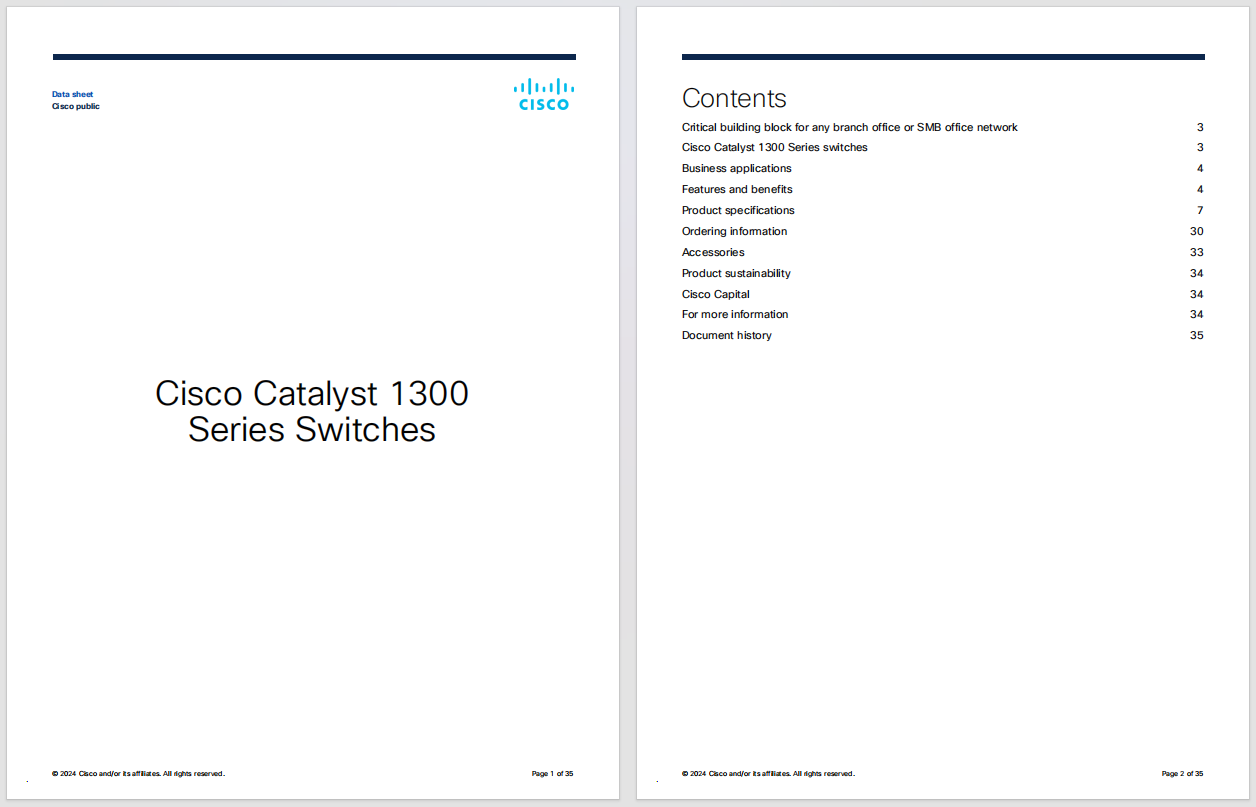





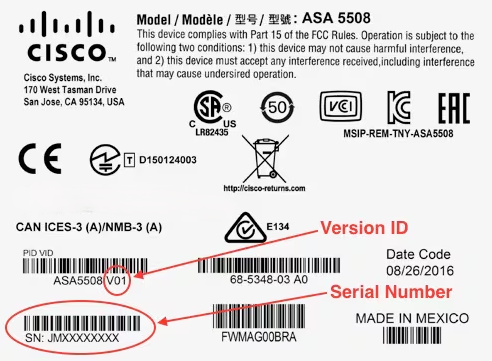












Historians often point to The Renaissance many centuries ago as humankind's most creatively prolific period. Indeed, timeless discoveries and masterpieces in art, literature and science burst forth from geniuses such as Leonardo de Vinci, Michelangelo, and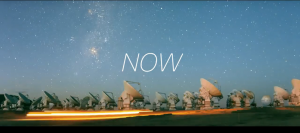 Galileo.
Galileo.
I spend a lot of my spare time studying about social and cultural change, and I respectfully disagree with such historians. I passionately believe that future historians will look back and agree that today -right now -stands as humankind's most creatively prolific time.
There has never been a better time to innovate . . . to make the impossible possible.#NeverBetter
Today, however, ingenious entrepreneurs around the world, sculpting new technology solutions, are the ones accelerating innovation at an unprecedented pace. These tech-driven innovators are highly creative in their own right -business and social problems capture their mind's eye, digital platforms become their canvas, and technology tools are their paints and brushes.
 The unprecedented breadth, depth, and volume of today's innovations stagger the imagination. And instead of creating breathtaking paintings, these innovators are creating new products, solutions and services in every industry to improve efficiency and enrich experiences. Today, clouds can protect rhinos, trucks can drive themselves in dangerous moments, and doctors can treat children 6,000 miles away. The outcomes are seemingly limitless.
The unprecedented breadth, depth, and volume of today's innovations stagger the imagination. And instead of creating breathtaking paintings, these innovators are creating new products, solutions and services in every industry to improve efficiency and enrich experiences. Today, clouds can protect rhinos, trucks can drive themselves in dangerous moments, and doctors can treat children 6,000 miles away. The outcomes are seemingly limitless.
So why are we so fortunate today? Why are we living in a time when this technological renaissance - the biggest rebirth since the Industrial and Internet revolutions? -helps innovation to flourish like never before? There are many reasons, and below are three that I think are key drivers accelerating and unleashing this version of 21stcentury creativity:

 These creativity drivers are a few of the catalysts that I think are fueling so much amazing innovation around the world today. In an ironic twist, technology innovators are also helping to converge and connect with history. In recent years, engineers have used highly sophisticated spectral photography to scan the 500-year-old Mona Lisa painting. They discovered many multiple layers of slightly repositioned images painted underneath the surface, creating what may be the world's first stereoscopic, 3-D effect. The painter, de Vinci, clearly applied science, math and engineering principles to brush this 3-D perspective, creating one of the history's most valued works of art.
These creativity drivers are a few of the catalysts that I think are fueling so much amazing innovation around the world today. In an ironic twist, technology innovators are also helping to converge and connect with history. In recent years, engineers have used highly sophisticated spectral photography to scan the 500-year-old Mona Lisa painting. They discovered many multiple layers of slightly repositioned images painted underneath the surface, creating what may be the world's first stereoscopic, 3-D effect. The painter, de Vinci, clearly applied science, math and engineering principles to brush this 3-D perspective, creating one of the history's most valued works of art.
In today's hyper creative world - enriched by technological and cultural transformations - one can only wonder what our innovators will discover and create next for us.#NeverBetter
 Hot Tags :
Innovation
Big Data
Analytics
digital
Thought Leadership
Alex Goryachev
#neverbetter
culture
Hot Tags :
Innovation
Big Data
Analytics
digital
Thought Leadership
Alex Goryachev
#neverbetter
culture